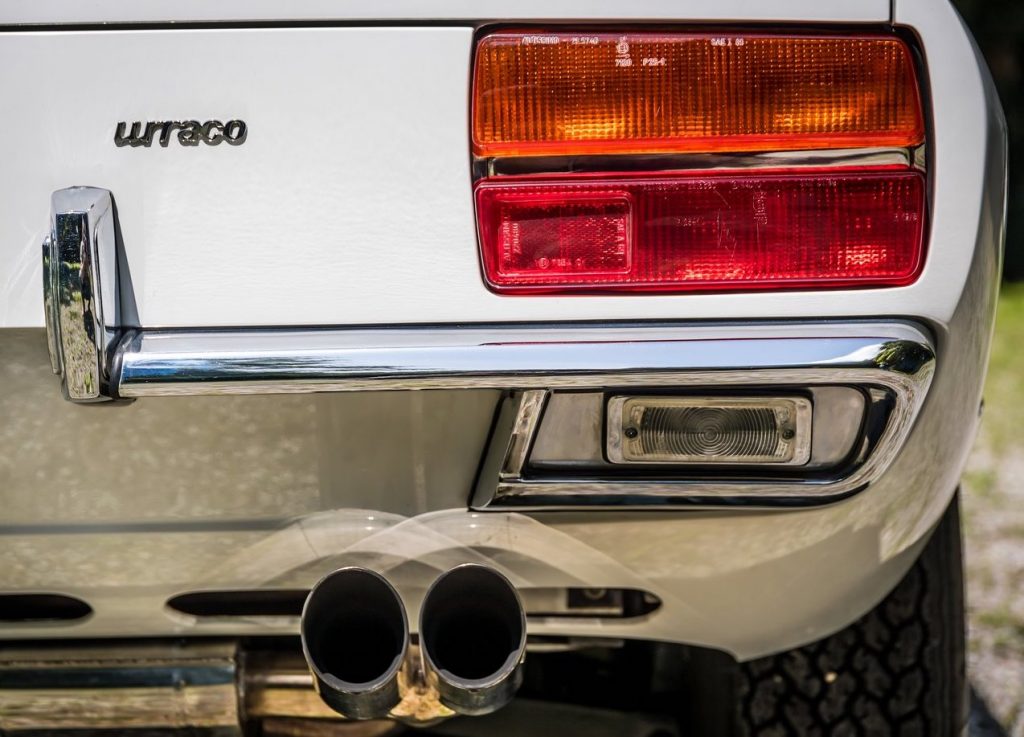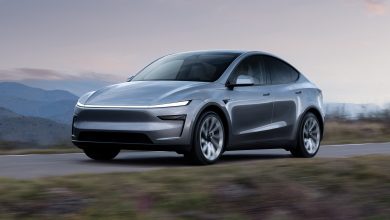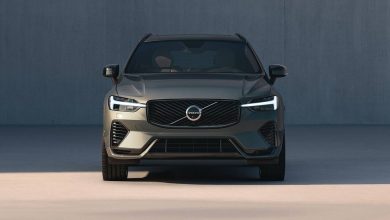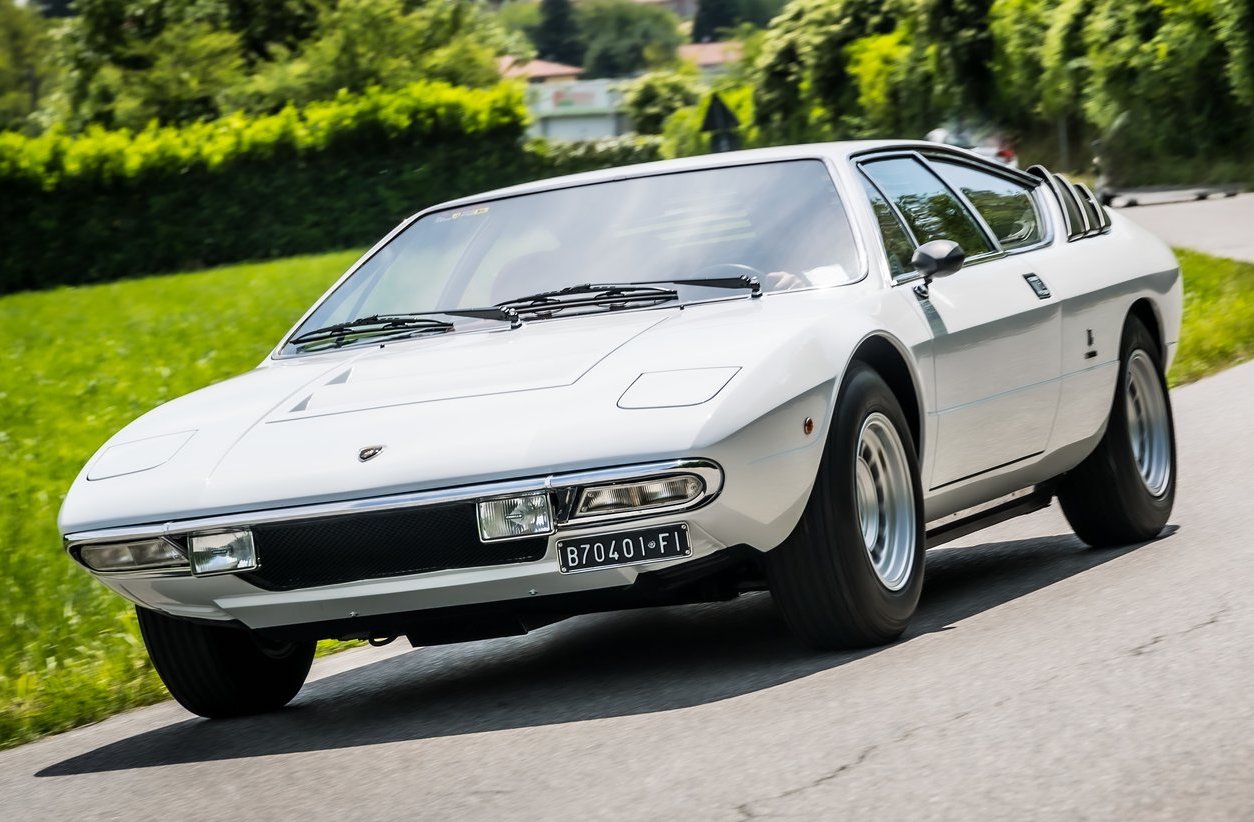
The spiritual predecessor to the Lamborghini Gallardo and Huracan celebrates its half-century birthday in 2020.
Lamborghini has recently set out 50 candles celebrating the half centenary of the Lamborghini Urraco, the Italian automaker’s first baby supercar.
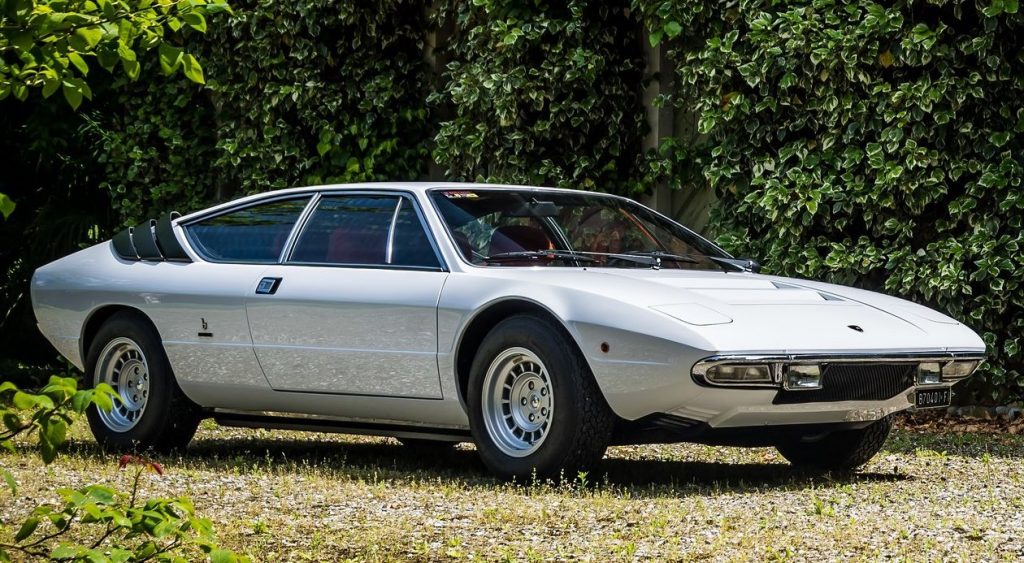
Unveiled nearly 50 years ago to the date at the Turin Motor Show, this 2+2 mid-engined V8 supercar was developed on the express wish of Ferruccio Lamborghini, the founder of the boutique supercar manufacturer. In fact the Urraco was the last car that Ferrucio Lamborghini was personally involved in, having sold the company off right when the Urraco went on sale.
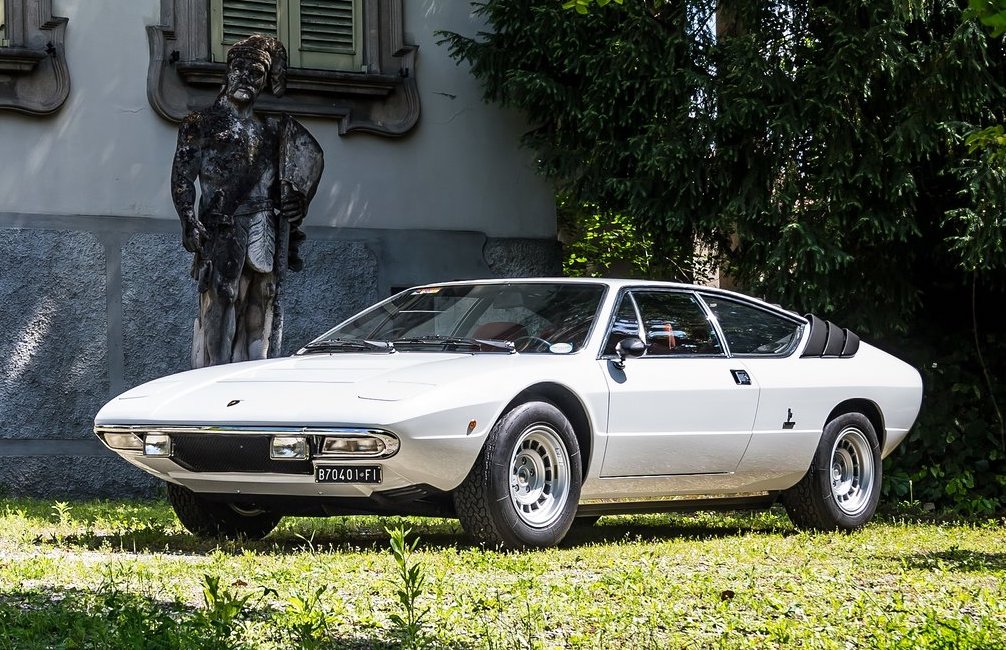
Intended to compete with the other affordable Italian supercars like the Ferrari Dino and the Maserati Merak, the Urraco aimed expand the company’s supercar variety and be the Lamborghini that would be more accessible ‘to a wider, albeit limited, public’. Thus with its name translating to mean ‘little bull’, the Urraco can be thought of as the spiritual successor to the baby Lambos of recent time, namely the Gallardo and the Huracan. Both of which contributed to the current sustained success of the now Audi-owned supercar manufacturer.
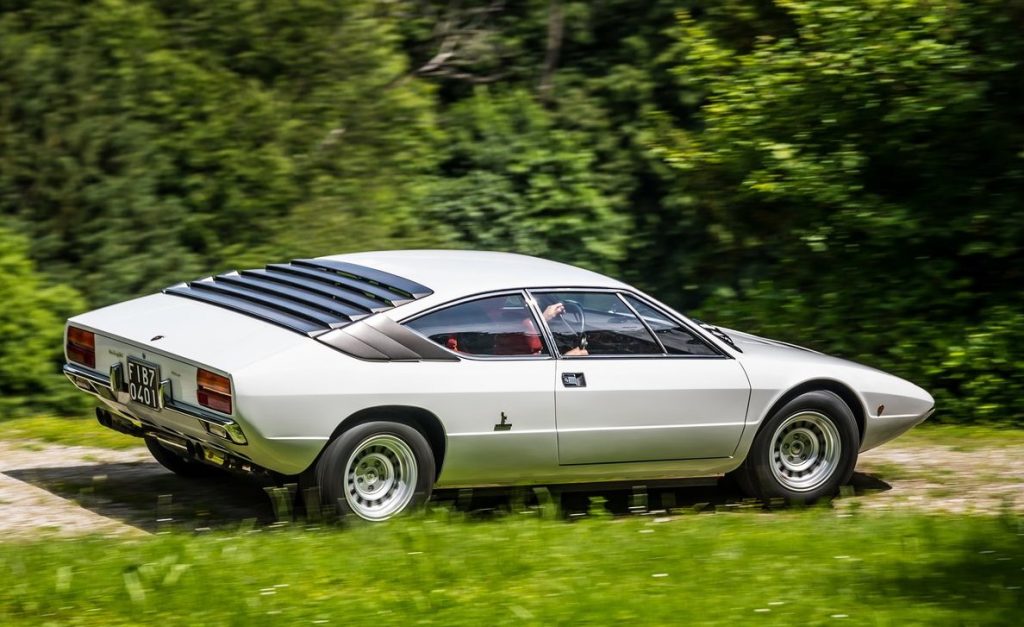
A Bertone design that was penned by Marcello Gandini, the wedge-shaped design of the Urraco featured all the design touches synonymous with the 1970s. Such as the slim nose, pop-up headlamps, rear louvres and the slab-sided rear end finished with a chrome bumper.
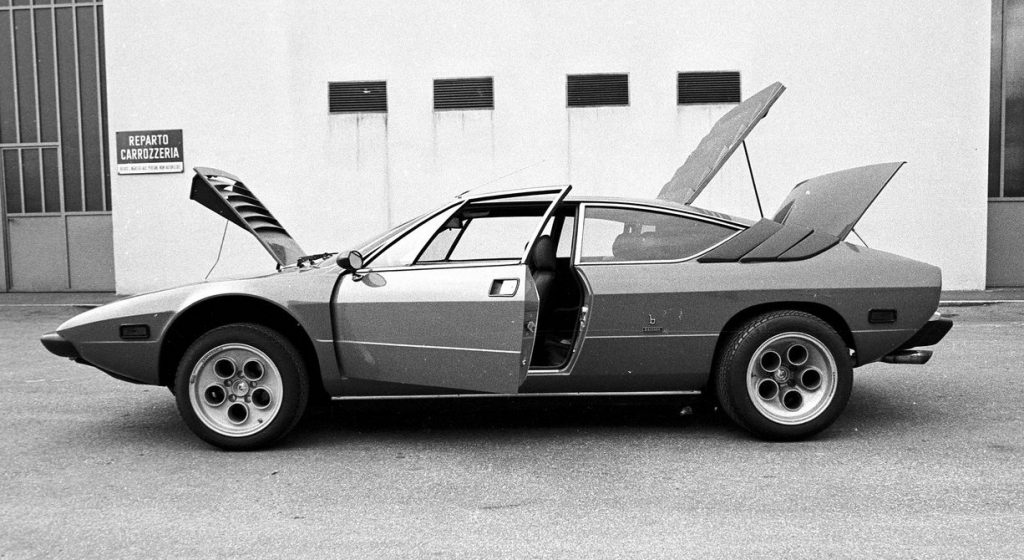
Underneath the 1970s design though was actually quite an innovative car, not surprising as it was a 2+2 supercar that feature a mid-engined V8. Overseen by Lamborghini’s Chief Technical Officer, Paolo Stanzani at the time, the Urraco features MacPherson strut independent suspension on all four corners, a world first for a production car.
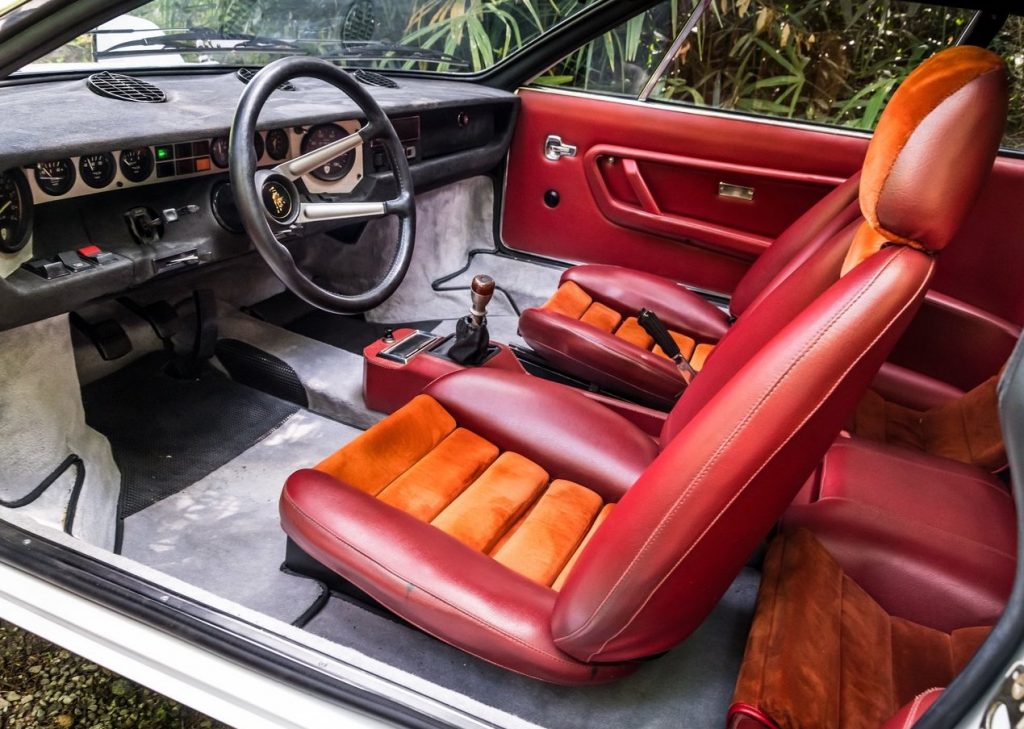
As for the engines, three transversely mounted high-compression V8s found its way under the rear deck lid of the Urraco over the years. The 220 hp 2.5 litre P250 variant came first, which was slowly phased out in the mid 70s with the 265 hp P300 3.0 litre variant. There was also a P200 2.0 litre variant designed specifically to skirt Italian engine capacity taxes. All three of which featured a single overhead camshaft per bank and four high-performance Weber double-body 40 IDF1 type carburettors.
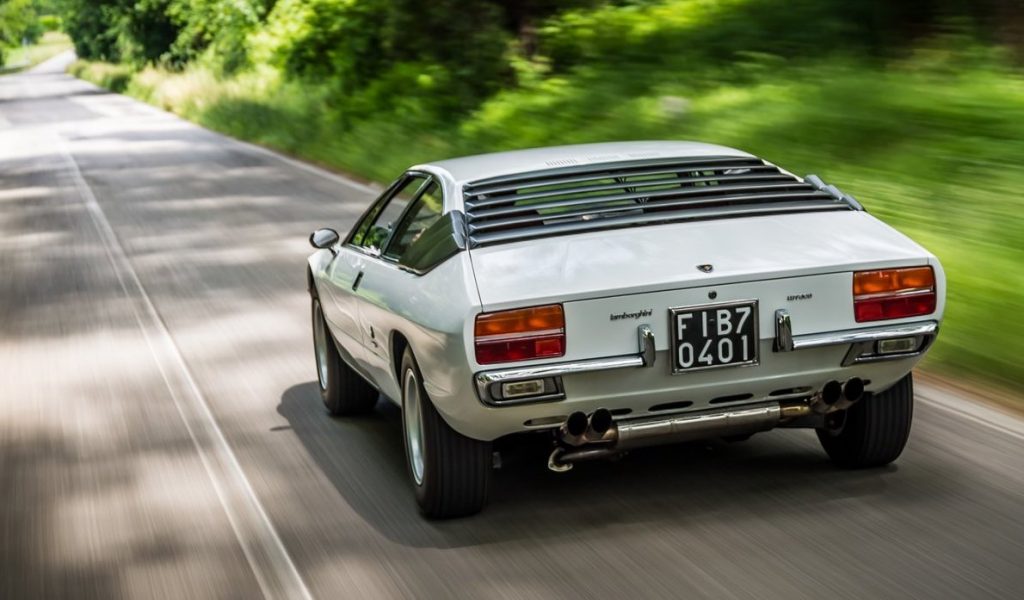
In production from 1972 to 1979, over 700 Urracos rolled off the San’t Agata production line within the 7 years of production. Not a whole lot in the grand scheme of things, nor did it help the company much financially back then.
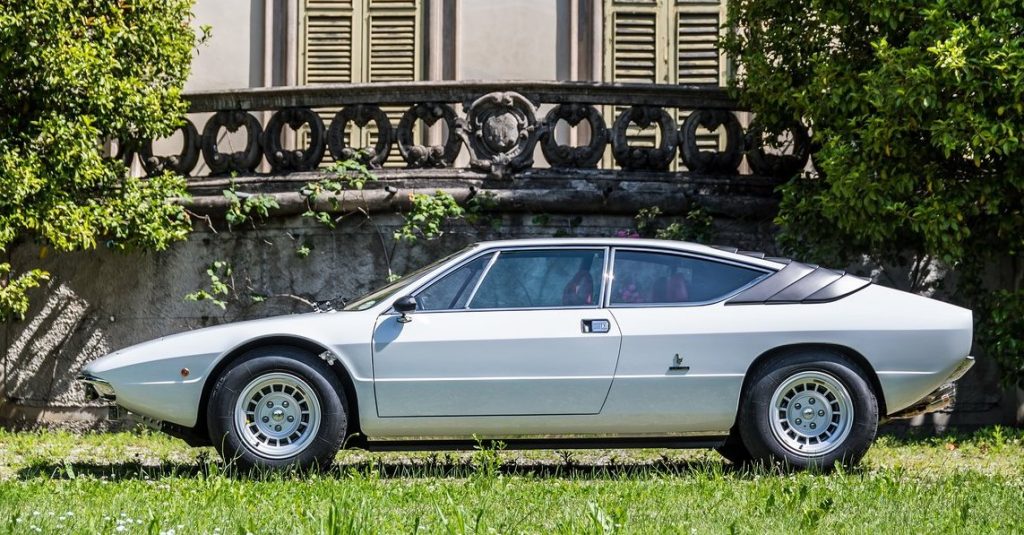
Then again the Urraco blazed the trail for other baby Lambos to come in its wake, like its Jalpa and Silhouette direct successors in the 80s, Or more memorably perhaps is the current crop of baby Lambos, which until the Urus came along, was the bread and butter of the Lambo brand. So it doesn’t actually matter if it didn’t garner much success at the time, what it did do was to kick-start the affordable Lambo lineup can still be witnessed today.
Happy 50th, Lamborghini Urraco! Thanks for bringing us the affordable Lamborghini.
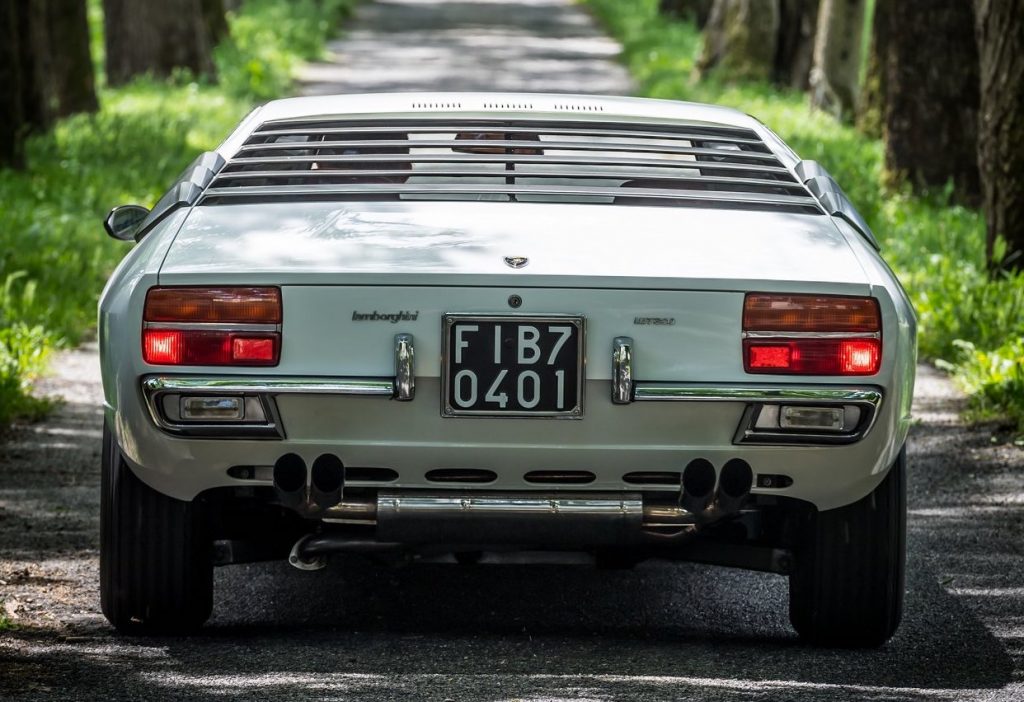
PRESS RELEASE: This year marks the 50th Anniversary of the Lamborghini Urraco, unveiled at the Turin Motor Show in late October 1970. This model immediately stood out for having introduced technical solutions that were very innovative for the time, thanks to the contribution of engineer Paolo Stanzani, the technical father of the Urraco and Lamborghini’s Chief Technical Officer at the time. The styling of the project was entrusted to renowned designer Marcello Gandini, who in that period was principal designer for Carrozzeria Bertone.
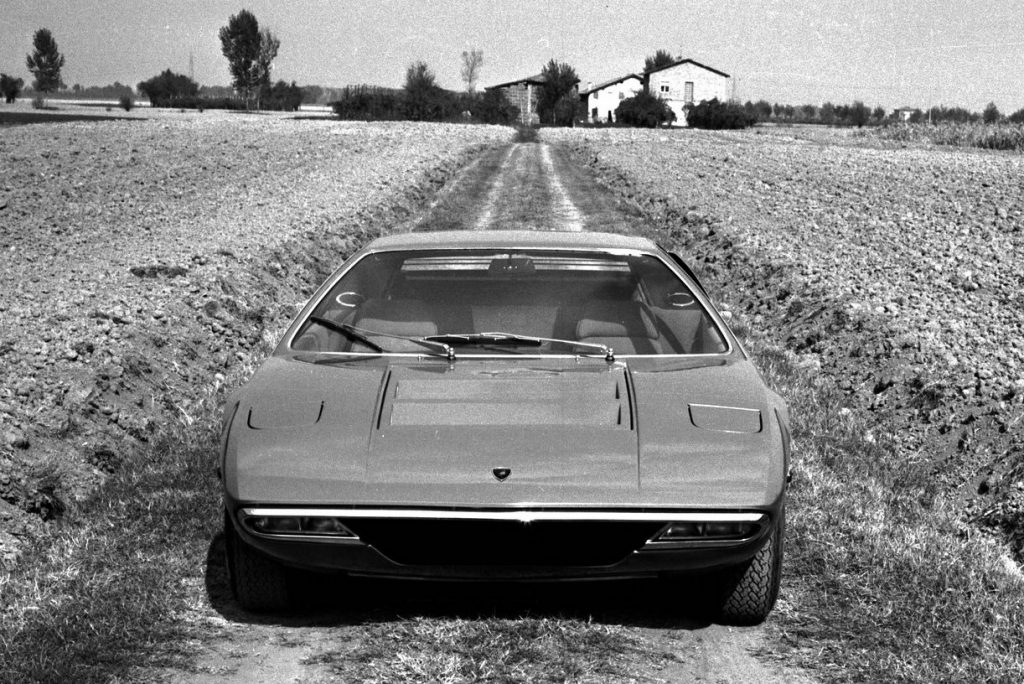
The Urraco is a fast 2+2 coupé, with mid-mounted V8 rear engine and independent suspension, with MacPherson strut system on both front and rear, for the first time on a production car.
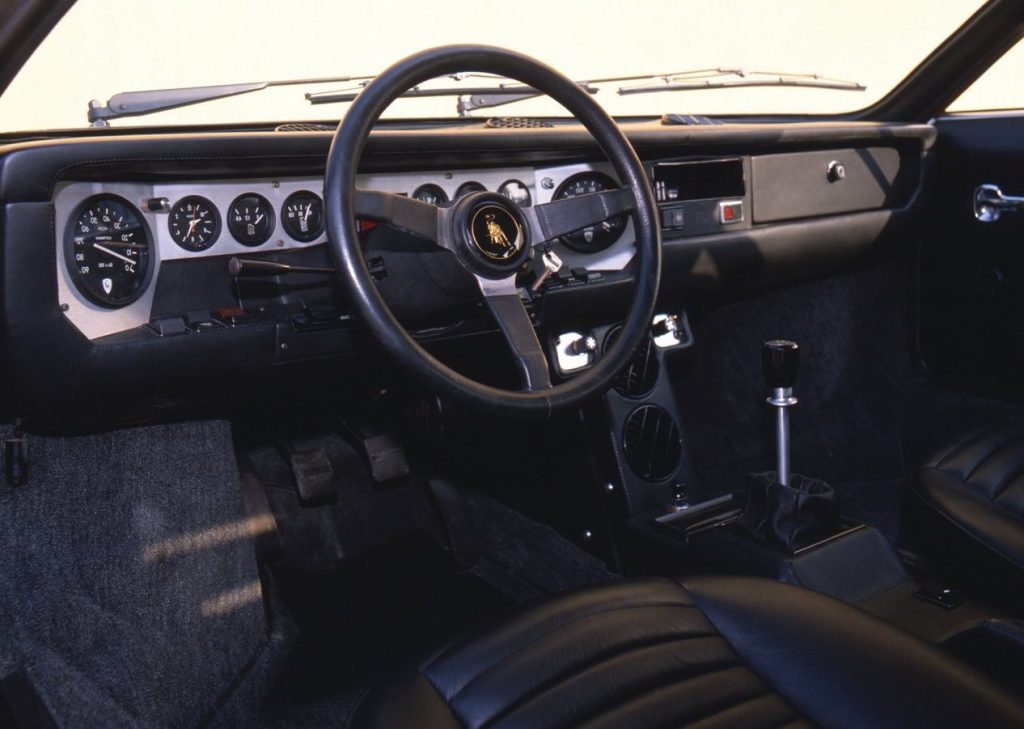
Initially presented with the 2.5-liter V8 delivering 220 hp at 7800 rpm and top speed of 245 km/h, the Urraco featured the double novelty of an 8-cylinder engine and distribution with a single overhead camshaft per bank. The technical refinement was completed by the use of a “Heron chamber” engine head with flat inner part and the combustion chamber contained in a depression in the top of the piston. This solution combination made it possible to use a higher compression ratio without increasing the costs. Another novelty for Lamborghini was the four Weber double-body 40 IDF1 type carburettors.
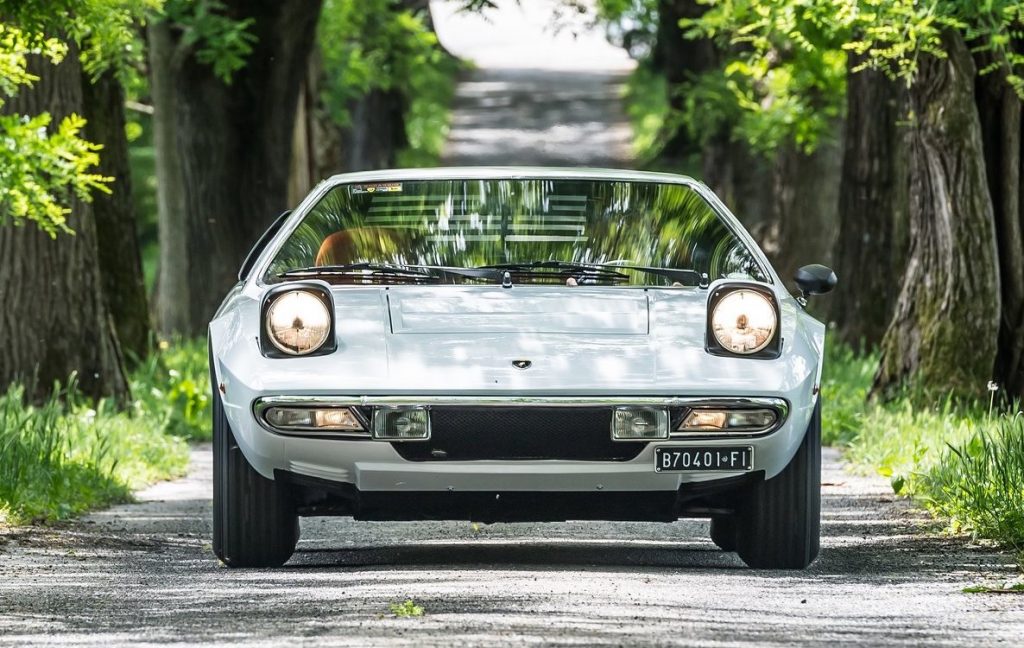
The production system for the car was another innovation, planned from the early stages of the project to be much less artisanal than the other Lamborghini models. The creation of the Urraco was attributed to an express wish of Ferruccio Lamborghini, who was eager to expand the company’s production and make a Lamborghini that would be accessible to a wider, albeit limited, public.
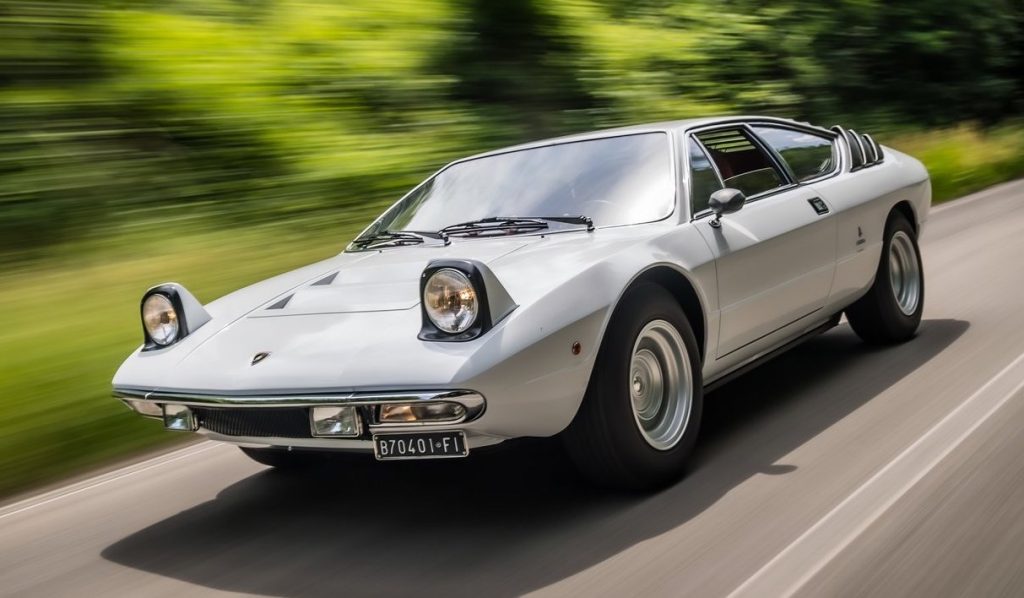
Only 4.25 meters long, the Urraco’s interior spaces that were highly innovative in terms of the conformation of the dashboard, the position of the instruments, and the dished steering wheel.
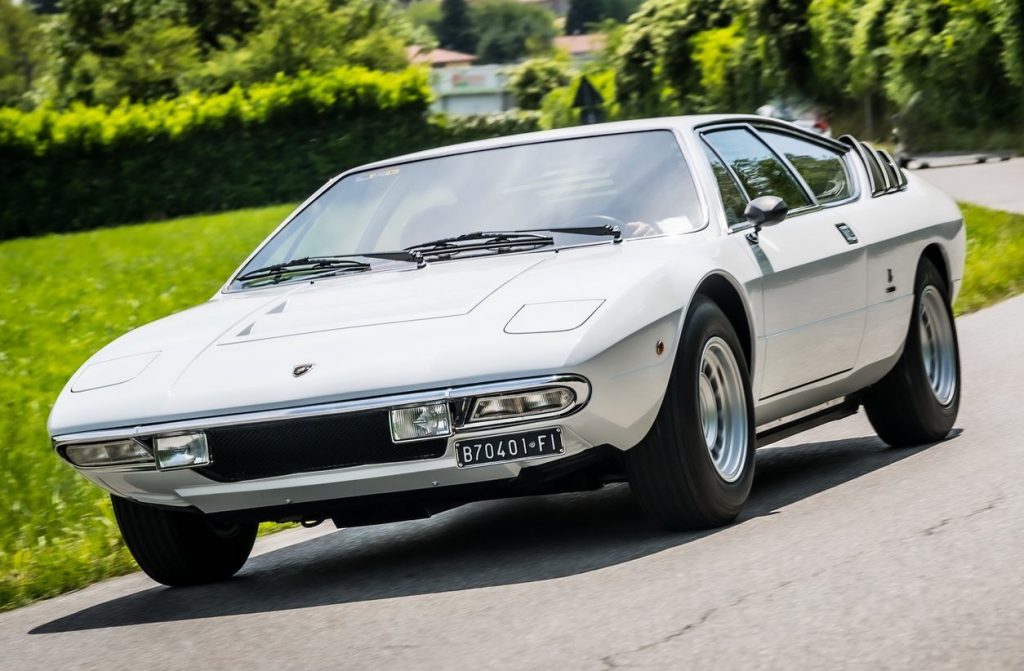
Introduced as P250 Urraco, where the “P” stood for the rear (posteriore) position of the engine, and 250 for the engine capacity (2.5 liters), it was produced from 1970 to 1976. The Urraco was then proposed at the 1974 Turin Motor Show in the P200 version with reduced displacement (1,994 cc, 182 hp), intended for the Italian market, from 1975 to 1977. The next version P300 (2,996 cc, 265 hp) presented in 1974 was produced from 1975 to 1979. The concept successfully tested and brought to market by the Urraco led to the subsequent 8-cylinder models and the more recent 10-cylinder models, such as the Gallardo and the current Huracán.
Units produced
P250 Urraco: 1970-1976: 520
P200 Urraco: 1974-1977: 66
P300 Urraco: 1975-1979: 190
